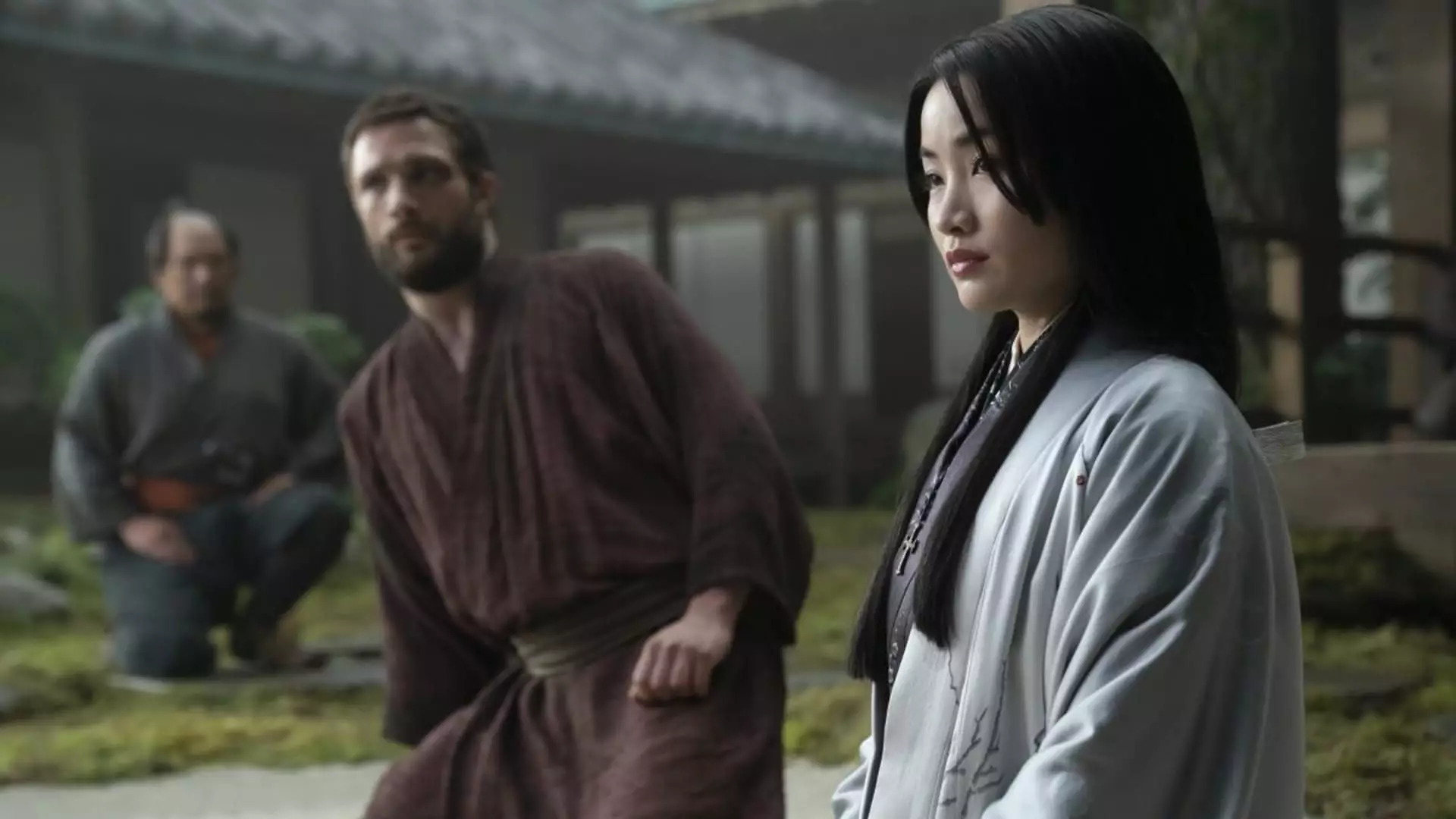The landscape of traditional television is evolving rapidly, and major players like Disney are grappling with how best to navigate this transformation. Recently, Disney’s Chief Financial Officer, Hugh Johnston, revealed that the company has been contemplating a potential separation of its TV networks business. However, after thorough analysis, the verdict is clear: the operational intricacies and costs outweigh any potential benefits. Johnston’s rationale underscores a critical reality facing media companies today—unraveling a deeply integrated business model is not as straightforward as it may seem.
As competitors like Comcast reconsider the structuring of their cable networks, ongoing shifts in viewer habits and technological advancements loom large. The traditional pay TV sector is increasingly losing subscribers, with estimates indicating a loss of 4 million customers within the first half of the year. This trend raises fundamental questions about the viability of these business units and whether they can adapt to the on-demand culture that streaming services have popularized.
Interestingly, Disney’s strategy appears to be shifting. Shortly after Bob Iger returned to the CEO position, it seemed the company was open to divesting parts of its TV assets. However, the latest insights from Johnston suggest a reevaluation has occurred. He conveyed a sense of satisfaction with the current portfolio, emphasizing that no changes are necessary at this time. This pivot is significant, as it highlights how quickly the narrative surrounding traditional media can morph, even amid substantial external pressures.
Moreover, this sentiment resonates throughout the industry. Leaders from other major media companies, including Fox Corp.’s Lachlan Murdoch and Warner Bros. Discovery’s David Zaslav, have echoed similar sentiments about the complexities of severing their cable networks. Such perspectives shed light on the interconnectedness of these businesses, where revenue and promotional synergies play a vital role. As traditional models face pressure, the inclination to maintain operational unity seems to be overpowering the calls for separation.
Disney’s commitment to its TV networks is not merely about maintaining existing structures; it is also about addressing the future of content creation. During a recent earnings call, Iger highlighted the importance of the traditional TV business in not only producing award-winning programming but also in feeding content into Disney’s streaming services. This integration is crucial as the company aims to find a balance between its legacy business operations and the burgeoning world of streaming.
The mixed messages from Iger’s previous statements about potentially selling TV assets juxtaposed with current commitments underscore the magnitude of the changes within the industry. Investors, including activist figure Nelson Peltz, have critiqued previous strategic decisions, such as the acquisition of 20th Century Fox, which was intended to strengthen Disney’s streaming content pipeline. The desire for a vast content library stands firm, and as Iger points out, the rewards of such investments are starting to show, evidenced by numerous Emmy nominations this year across various Disney platforms.
What remains clear is that Disney, along with its competitors, is at a crossroads. The losses in traditional pay TV subscriptions force media companies to reconsider their operational models while striving to remain competitive in the streaming arena. Johnston’s remarks may signal a phased approach to this transition—a recognition that while the legacy business may be challenged, it cannot be immediately discarded without serious repercussions.
As Disney aligns its strategies to encompass both traditional and streaming segments, the emphasis should be on innovation and adaptability. The road ahead necessitates not only creative content solutions but also a robust examination of how these branches of the business can converge and complement one another. The pressures and lessons from the current media battleground will likely shape the future decisions at Disney and beyond, illustrating both the challenges and opportunities that lie ahead in the rapidly transforming landscape of television.

